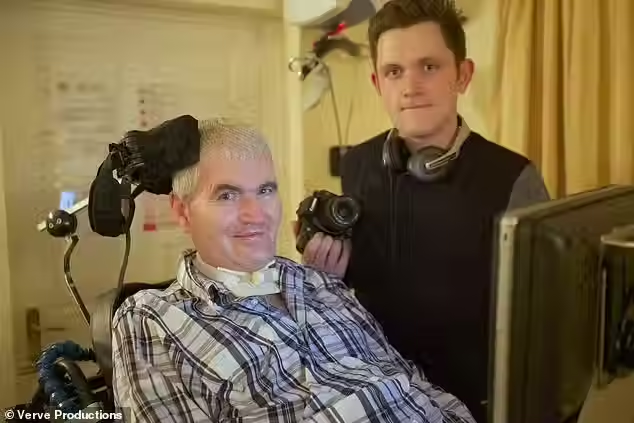Why Did So Many People Get ALS in Montchavin?
- urologyxy
- Apr 23
- 1 min read
Montchavin, a small village in the French Alps, experienced an alarming motor neurone disease (MND) cluster between 1991 and 2019, with 16 cases among just 200 residents—20 times the European average. French scientists, led by neurologist Dr. Emmeline Lagrange and later joined by U.S. expert Dr. Peter Spencer, launched a decade-long investigation into potential environmental triggers. They explored water sources, soil, air, construction materials, and even artificial snow, but found no clear cause.
Eventually, attention turned to the false morel mushroom—a local delicacy known to contain neurotoxins. Over half of MND patients reported consuming it, and many experienced acute sickness afterward. In contrast, none of the healthy controls had eaten the mushroom. While a 2021 study linked these mushrooms to potential motor neuron damage, a direct causal relationship remains unproven.
Despite growing scientific suspicion, many villagers remain skeptical, attributing the illness to various environmental or personal stressors. Notably, since locals largely stopped eating false morels, no new MND cases have been reported. The last known survivor, British expat Steve Isaac, denies consuming the mushroom, adding further complexity to the mystery. This unresolved cluster continues to challenge our understanding of environmental factors in neurodegenerative diseases.
Mulholland, R. (2024, April 20). The local delicacy being blamed for a tenth of this village's population getting motor neurone disease. Daily Mail. https://www.dailymail.co.uk/health/article-14626757/delicacy-blamed-TENTH-population-motor-neurone-disease.html




Comments